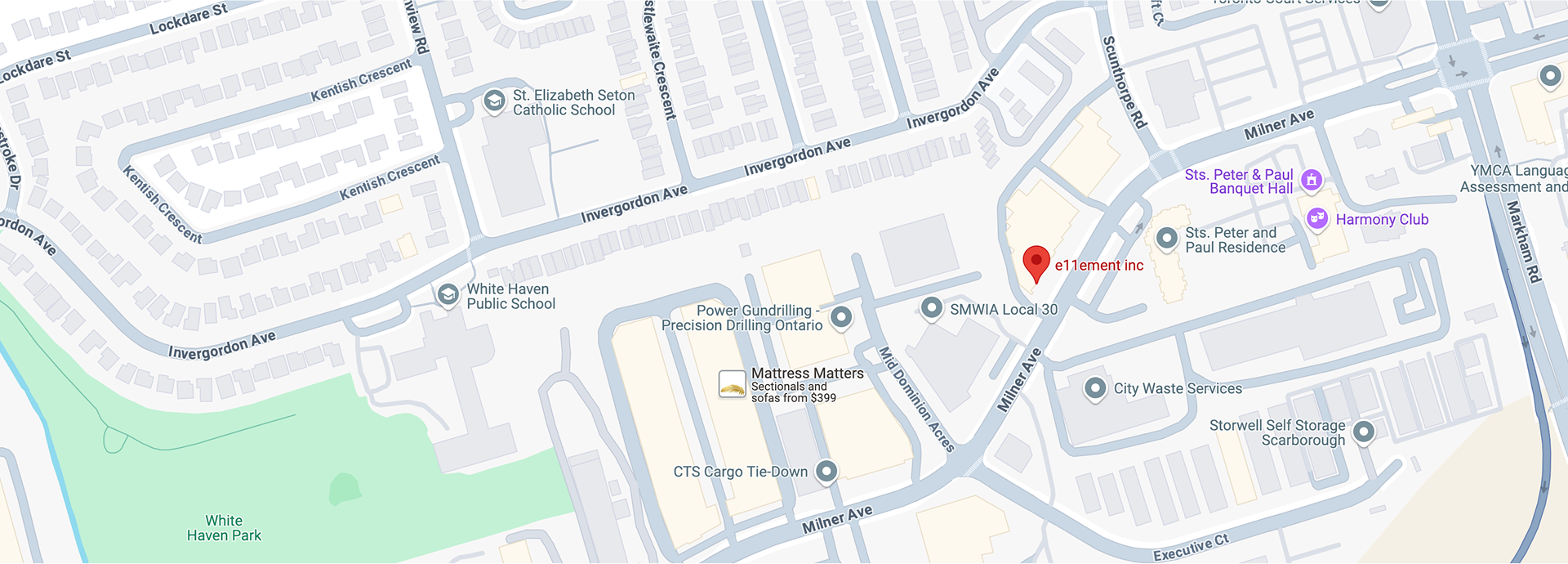In the realm of wound care, innovations continue to emerge, offering more efficient and effective solutions for healing. One such advancement is the use of hypochlorous acid spray for wound care. This remarkable substance has shown significant promise in promoting wound healing and preventing infections. In this first part of our series, we delve into the science behind hypochlorous acid, examining its properties and how it works to enhance wound care.
The Basics of Hypochlorous Acid
Hypochlorous acid (HOCl) is a weak acid formed when chlorine dissolves in water. Despite its simplicity, this compound possesses powerful antimicrobial properties, making it a valuable asset in various medical and cleaning applications.

Chemical Composition and Properties
Hypochlorous acid is a chlorine-based compound with the chemical formula HOCl. It exists naturally in the human body, produced by white blood cells as part of the immune response to fight off infections. Its natural occurrence and compatibility with the human body make it an ideal candidate for medical applications, particularly in wound care.
Antimicrobial Action
HOCl's primary mechanism of action is its ability to disrupt the cell walls of bacteria, viruses, and fungi. This disruption leads to the death of these harmful microorganisms, making hypochlorous acid an effective disinfectant. Its broad-spectrum antimicrobial activity is especially beneficial in preventing wound infections, which can complicate the healing process.
The Role of Hypochlorous Acid in Wound Care
How HOCl Promotes Healing
The use of hypochlorous acid spray in wound care is gaining traction due to its ability to accelerate the healing process. By maintaining a clean wound environment and preventing infection, HOCl ensures that the body can focus on tissue regeneration.
Anti-Inflammatory Properties
In addition to its antimicrobial effects, hypochlorous acid also exhibits anti-inflammatory properties. Inflammation is a natural part of the healing process, but excessive inflammation can delay recovery and cause further damage. HOCl helps modulate the inflammatory response, ensuring that it aids rather than hinders healing.
Reducing Biofilm Formation
One of the challenges in wound care is the formation of biofilms – communities of bacteria that adhere to surfaces and become resistant to treatment. Hypochlorous acid is effective in disrupting these biofilms, making it easier to treat infections and promote healing in chronic wounds.
Clinical Evidence and Applications
Studies Supporting Hypochlorous Acid in Wound Care
Numerous studies have demonstrated the efficacy of hypochlorous acid in wound care. Clinical trials have shown that wounds treated with HOCl heal faster and with fewer complications compared to traditional treatments.
Case Studies and Real-World Applications
In practical applications, hypochlorous acid spray has been used successfully in various types of wounds, including surgical wounds, burns, and chronic ulcers. Healthcare professionals report positive outcomes, with improved healing rates and reduced infection risks.
Integrating HOCl into Wound Care Protocols
Given its benefits, hypochlorous acid is being integrated into standard wound care protocols. It is used in hospitals, clinics, and even at home for the management of minor cuts and abrasions. Its safety profile and effectiveness make it a preferred choice for many healthcare providers.
Conclusion
Hypochlorous acid spray is revolutionizing the field of wound care. Its potent antimicrobial and anti-inflammatory properties, coupled with its ability to prevent biofilm formation, make it an invaluable tool for promoting wound healing. In the next part of our series, we will explore practical tips for using hypochlorous acid spray in wound care, providing a comprehensive guide for both healthcare professionals and individuals managing wounds at home.























